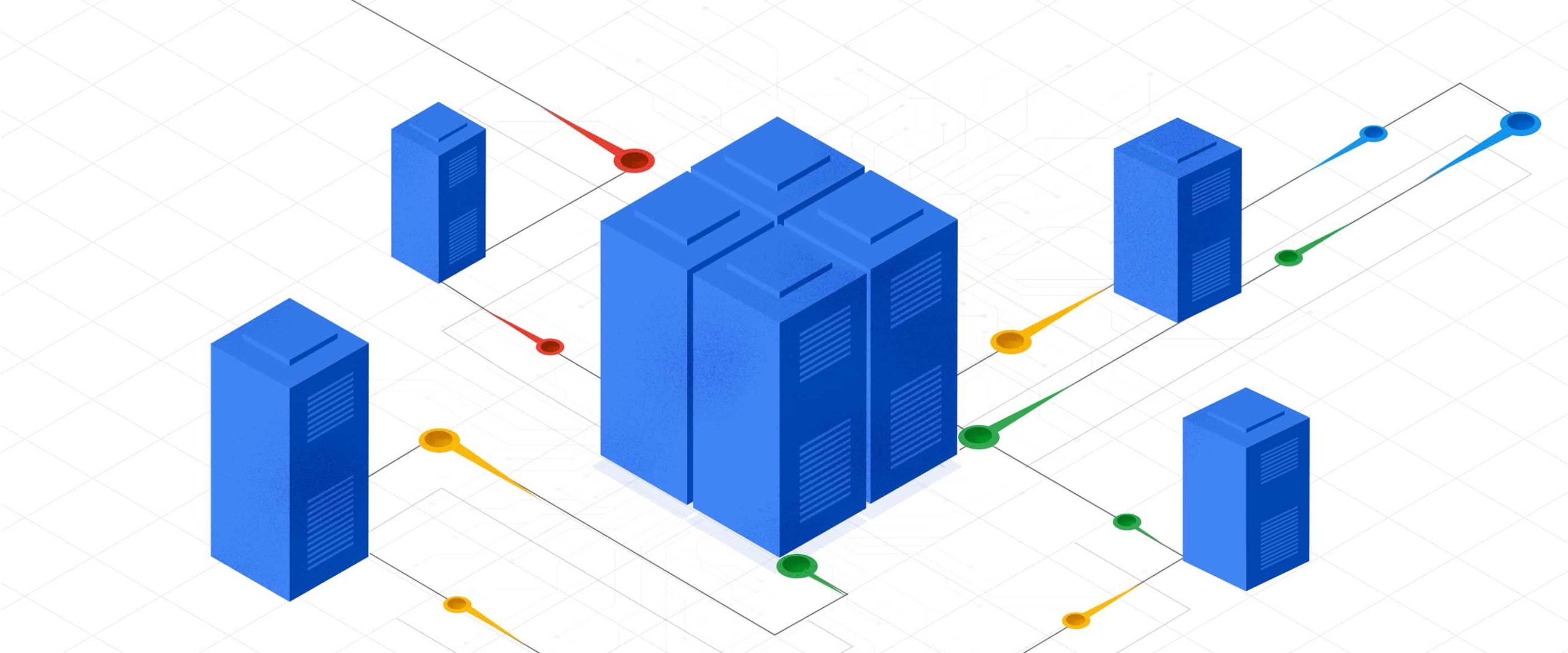Originally posted by caligula
View Post
If someone is investing resources to solve what he believes being an issue, then maybe for its usecase it IS an issue.
Stop thinking that your PC and your servers are the whole universe and that there is anything else.



Leave a comment: